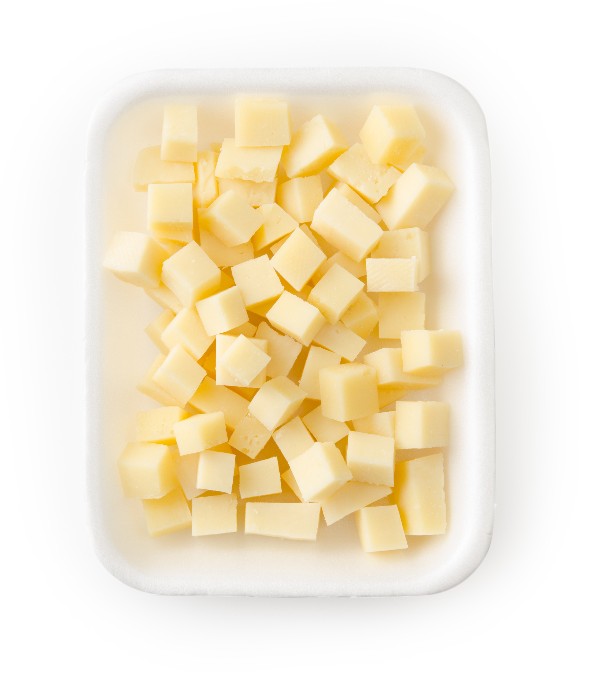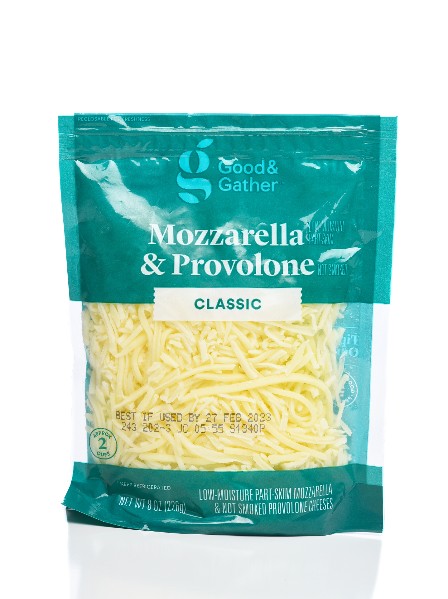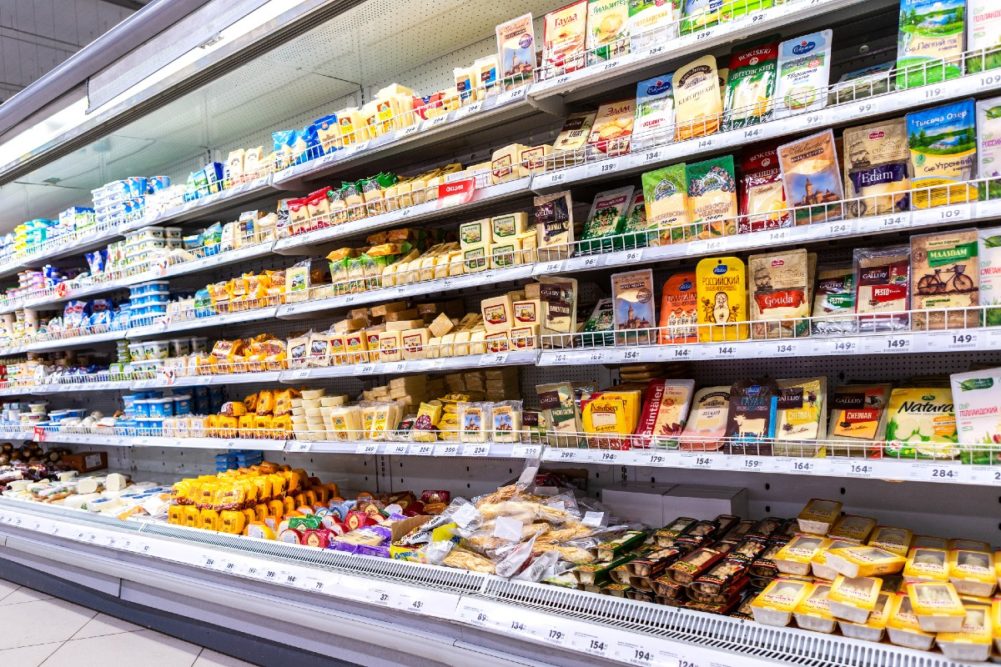Manufacturers are always looking for ways to differentiate their cheese products on crowded shelves. As a result, many look to distinguish themselves by using sustainable packaging concepts and delivering convenience.
The cheese category has grown 19% since 2017, but with 95% market penetration among consumers, brands must look for opportunities to add new eating occasions and provide snacking options when developing products, Billy Roberts, senior analyst for food and drink with Mintel, said in a recent report on the market.
Snack packaging
Ease-of-use packaging for on-the-go eating is a necessity for cheese snack products, and features like die-cut, re-closeable and peel-reseal technologies are important offerings for retail cheese packaging, according to Canada-based Winpak’s Darin Gregg, market director of dairy, and Bobby Guerrero, dairy regional sales manager.
This consumer desire for portability, convenience and the right portion size for every eating occasion is increasing the demand for resealable packages, according to Travis Klug, dairy marketing manager for Amcor Flexibles North America.
Many grocery stores have added grab-and-go deli cases with pre-packaged bags of sliced cheeses. This has proven to be another avenue of delivering convenient cheese products to consumers. To meet this need, Amcor has developed a thin film technology that creates solutions for these deli markets that are designed to mimic the appearance and feel of poly bags and improve shelf-life performance, Klug said.
A proliferation of SKUs in the cheese category in recent years led Amcor to invest in technologies to support shorter run times and a wider variety of products. These technologies include expanded color gamut printing, which can reduce changeover time on the printing press and increase efficiency, leading to shorter lead times and great flexibility.
Amcor also offers ICE XP films that can downgauge from heavier films. They can be used for products such as mozzarella ball and loaves without sacrificing performance characteristics, including puncture and abrasion resistance.
The final finish on packaging will become increasingly important moving forward as consumers eye high-quality appearance.
“Finishing technologies, including matte and antiglare printing, continue to become more popular with our customers as they are looking to leverage unique shelf-appeal characteristics to win share in the market,” Klug said. “Amcor has invested in equipment that will support significant growth of these technologies and drive the next generation of differentiation for print technology, enabling brand owners to bring their packaging to life on shelf.”
 Photo: Tatyana Sidyukova - stock.adobe.com
Photo: Tatyana Sidyukova - stock.adobe.com
Responsible materials
Harpak-ULMA Packaging, Taunton, Mass., is seeing a move toward vacuum skin packaging, according to Carlo Bergonzi, the company’s tray sealing product manager. While this technology currently has more of a foothold in Europe, it is becoming more prevalent in the United States and provides cheese products with increased shelf life.
Overall, the company’s sustainability efforts are focused on recycling plastic, reducing the amount of plastic in products, using renewable materials and decreasing carbon emissions throughout the supply chain, Bergonzi said.
To meet these goals in its plastic packaging products, Harpak-ULMA uses a variety of technologies, including a thermoformer that produces pre-formed trays with minimal scrap, Bergonzi said. These pre-formed trays in turn yield denser shipments and reduce the overall carbon footprint of manufacturing. Harpak-ULMA also uses downgauging technology for skin packs to use thinner materials without causing deformation. The thinner material also results in an overall reduction of plastic use.
In paper packaging products, Harpak-ULMA uses materials such as its PaperSeal product, along with molded fiber and pressed board materials, all of which lead to a reduction in overall materials used. The company’s PaperSeal trays alone can achieve an 80-90% reduction in plastics used compared with a plastic pre-form tray.
The company also is working on a tooling concept that will allow for many of these technologies to be run on the same tool without changeover, leading to many benefits.
“From a cheese producers’ perspective, you can select a tool like this, and with minimal cost and minimal changeover, have different types of packages and test them out in the market and have better speed to market as well,” Bergonzi said.
Amcor offers AmPrima PE Plus, a line of recycle-ready cheese packaging with film clarity, strength, heat resistance and compatibility with opening and closing features. Additionally, the company’s 40-lb block film provides material and labor savings while also reducing environmental impact. The company is looking to expand on this offering.
“Amcor is currently developing a solution to take that optimized tubestock film and create pre-made pouches for our customers,” Klug said. “This new solution will still deliver material savings and improved sustainability and is targeted towards cheese processors that don’t have the capability to produce bags in line using tubestock.”
The company also recently announced a commitment to include 30% recycled content across its packaging portfolio by 2030.
Despite the emphasis on sustainability in the production process for packaging, brands should be careful not to dedicate too much space on-pack communicating environmental messaging and should instead communicate their environmental commitments off-pack, Caroline Roux, global food and drink analyst with Mintel, wrote in a cheese trend report. Instead, focusing on local farmers and the product’s taste will provide greater interest from consumers.
 Photo: Steve Cukrov - stock.adobe.com
Photo: Steve Cukrov - stock.adobe.com
A clear vision
When it comes to meeting future industry needs, Harpak-ULMA has developed a system to improve visibility of products by being able to inspect them for defects before and after sealing. The system enables the packaging producer to look at the positioning of the product in the tray, note its color and determine seal integrity – all of which will help boost overall equipment effectiveness.
“Typically, you are going to have to take a sample set off your line and test those for quality checks and quality assurance,” Bergonzi said. “What this vision system will allow us to do is automate that quality check piece and bring that into the OEE calculation and get more accurate numbers when you are looking at the efficiency of the line and the business.”
Moving forward, product visibility on store shelves will be just as important as product visibility during the manufacturing process.
“Evolving and innovating packaging through appearance on shelf is a great way to win in the complex cheese marketplace,” Klug said. “In a crowded dairy space, getting a brand to stand out on shelf can help encourage consumers to pick up a package and put it in their shopping carts. A brand’s packaging needs to tell its unique brand story, show off the benefits and attributes of the product inside, and present it in a way that creates a meaningful connection with the consumer.”

